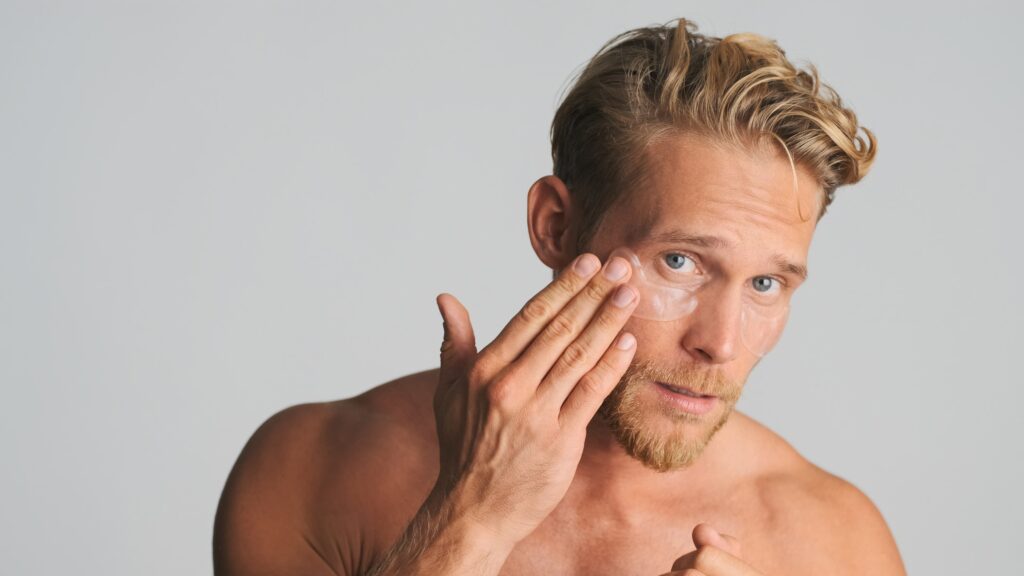When it comes to skincare, men and women are often treated differently. From marketing campaigns to the products themselves, there is a perception that male and female skin require different treatments. But is this really true? Let’s take an in-depth look at the differences between men’s and women’s skin to try to answer this question.
Biology of Men’s and Women’s Skin
The short answer is yes – men’s skin is somewhat different than women’s skin, though not drastically so. At the biological level, men have thicker skin than women due to higher levels of collagen production and the presence of more sebaceous glands (which produce natural oils). Additionally, male sebum has been found to contain more lipids, which provide greater hydration for the skin compared to female sebum.
However, these biological differences don’t necessarily mean that men need special skincare products or treatments that are not suitable for women. In fact, many of the same active ingredients, such as retinol and vitamin C, work just as well on everyone. As such, it is important for both men and women to use a comprehensive skincare routine tailored specifically for their individual needs regardless of gender.
Thickness and Texture Differences
Men typically have thicker skin than women due to their higher levels of testosterone, which means that their facial tissues tend to be more robust than those of females. Also, men’s skin tends to be oilier than women’s because of their greater sebum production levels, so they should opt for oil-free products or those with minimal oil content as well as exfoliators that can help remove excess oil from the face without stripping away too much moisture.

Pore Size & Hair Follicles
Men tend to have larger pores than women because their facial hair follicles are larger and since those follicles produce sebum (an oily substance), this ultimately results in oily skin with larger visible pores on the surface (especially around the nose area). For this reason, men should always keep their pores clean by using astringent cleansers or toners after washing their faces. Additionally, using an exfoliator once or twice per week can help clear out any dirt or debris trapped inside these large pores which could also prevent outbreaks of acne over time.

Sensitivity Levels & Hair Growth
Women often have more sensitive skin than men due to their lower testosterone levels which can make them more prone to dryness, redness, irritation, etc. This also means that facial hair growth tends to be much less common in women compared to men due to their lower testosterone levels.
Conclusion
In conclusion, there are some differences between men’s skin and women’s skin, however, the key takeaway here is that both genders should strive for healthy glowing skin regardless of gender specifics. Understanding your individual skin will help you choose the right skincare products and ensure you get optimal results from your routine.





